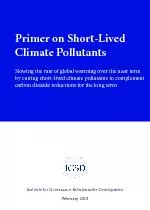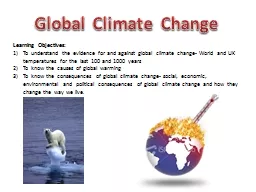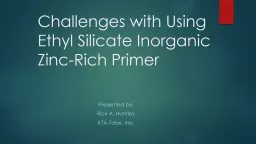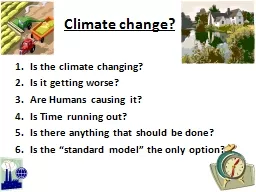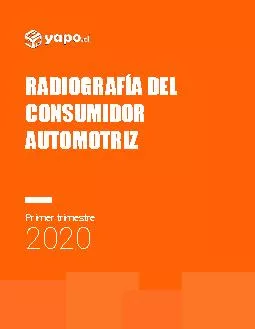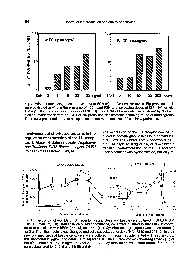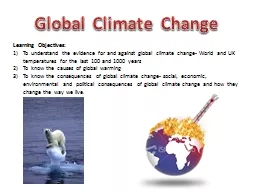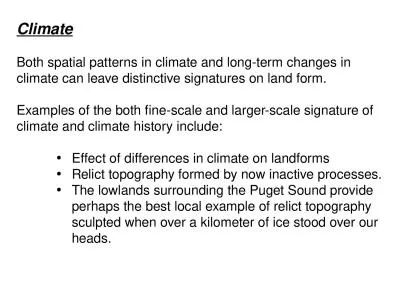PDF-Primer on Short-Lived Climate PollutantsSlowing the rate of global war
Author : karlyn-bohler | Published Date : 2015-08-27
Institute for Governance Sustainable Development February 2013 Primer on ShortLived Climate PollutantsSlowing the rate of global warming over the near termby cutting
Presentation Embed Code
Download Presentation
Download Presentation The PPT/PDF document "Primer on Short-Lived Climate Pollutants..." is the property of its rightful owner. Permission is granted to download and print the materials on this website for personal, non-commercial use only, and to display it on your personal computer provided you do not modify the materials and that you retain all copyright notices contained in the materials. By downloading content from our website, you accept the terms of this agreement.
Primer on Short-Lived Climate PollutantsSlowing the rate of global war: Transcript
Download Rules Of Document
"Primer on Short-Lived Climate PollutantsSlowing the rate of global war"The content belongs to its owner. You may download and print it for personal use, without modification, and keep all copyright notices. By downloading, you agree to these terms.
Related Documents

